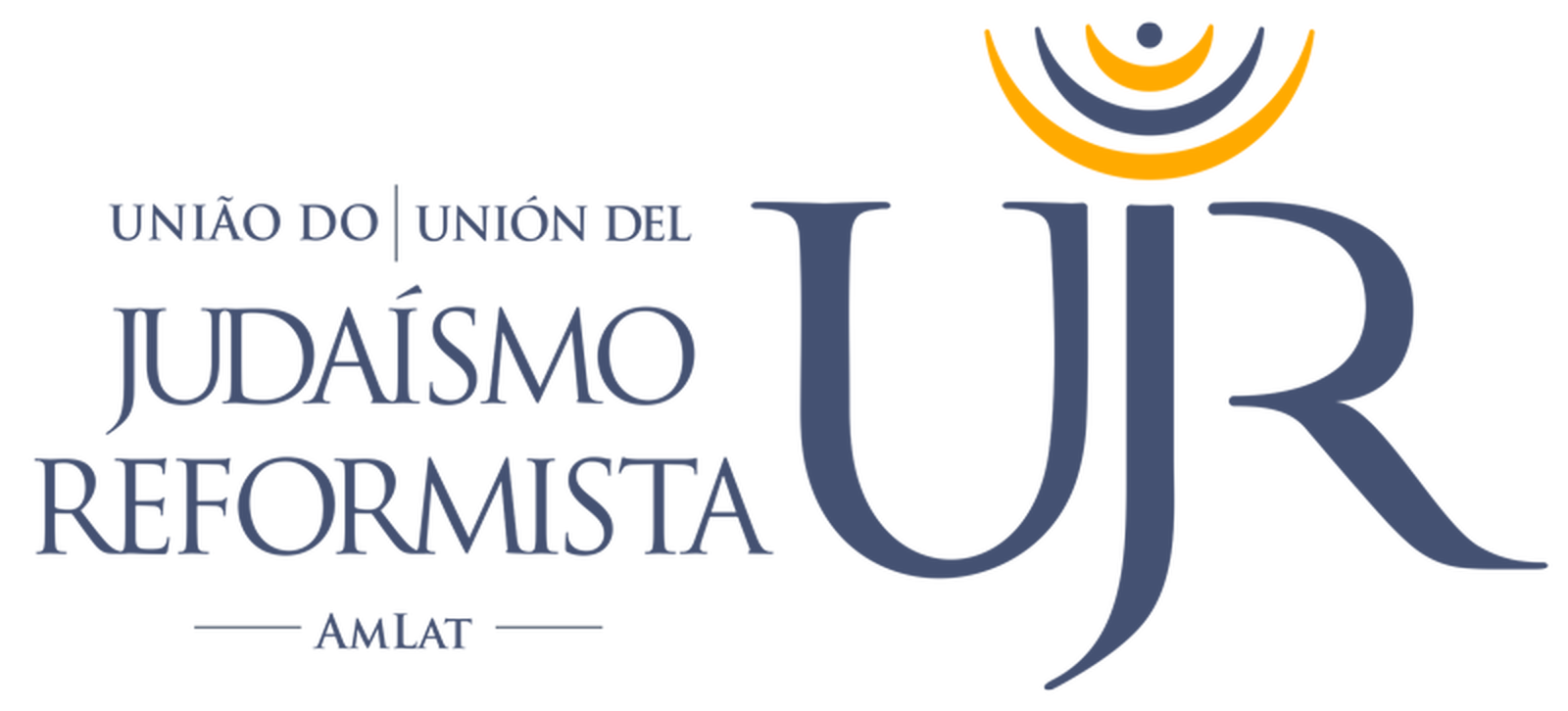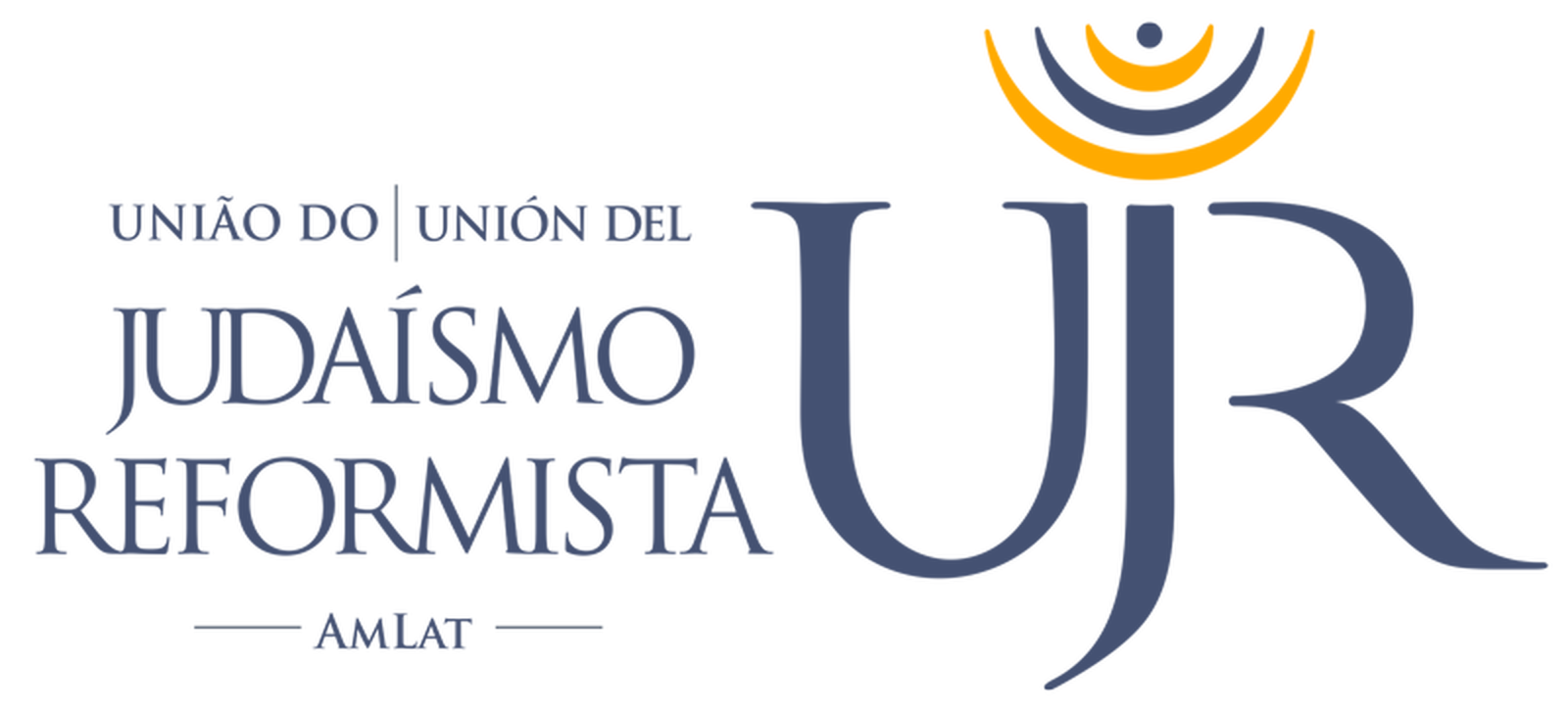October 09 to 16, 2022
15th to 21st of Tishrei 5783
SUKKOT – Rabbi Clifford Kulwin
Yes, Sukkot is a Jewish holiday…but the prophet Zechariah offers an additional perspective.
Zechariah lived and prophesized at the time of the destruction of the first Temple. His book is pastoral: he wants to comfort to Jews rocked by the destruction, urging them not to lose hope, promising them a future day when they and God will be reunited in Jerusalem.
Nothing unusual here; prophets often exhort the people to have confidence in God’s providence. But Zechariah’s final words take us in an unusual direction.
He foretells a day when Israel shall triumph over its enemies, a day heralded in the famous words that come after the Aleinu prayer, “…on that day the Lord shall be one and His Name shall be one.”
He goes on to state that many (but not all) peoples will recognize the sovereignty of God and accord Him the respect He deserves. Zechariah lists the consequences the other peoples will suffer, culminating in this unexpected statement: “All who survive of the nations that came up against Jerusalem shall make a pilgrimage year by year to bow low to the King LORD of Hosts and to observe the Feast of Booths.”
Zechariah particularly mentions Egypt as he goes on to say, “Such shall be the punishment of Egypt and of all other nations that do not come up to observe the Feast of Booths.”
The book ends with nothing further on the subject, leaving us to wonder, why Sukkot? Why was this the holiday that would bring the peoples together?
Rashi quotes a Talmudic passage Avodah Zarah which suggests that non-Jews who wish to show respect to God do so by construction of a Sukkah, which the Talmud considers a relatively easy and inexpensive mitzvah.
Rashi understands “to observe the Feast of Booths” means one has to construct a Sukkah. In reality, while construction of a Sukkah is admirable, the key, relevant commandment is “leisheiv basuka,” to “dwell” or at least to “sit” in a Sukkah, regardless of who constructed it.
And if we consider this mass of people coming together to “leisheiv basuka,” a new, and stunning, image comes to mind.
Zechariah envisioned a future in which all people would come together “to observe Sukkot,” which means that, somehow, they would all fit together within the walls and under the roof of one Sukkah.
It would have to be a very large Sukkah – ! – but even so, this could never actually happen unless people could somehow come together very, very closely, with no space between them; that they could stand as close together as was physically possible. Only in this way, could Zechariah’s prophecy come true.
And overcoming the physical challenge of space limitation would only be possible if those present could put aside whatever kept them apart – be it the large-scale gripes and even enmity of one people against another or the petty complaints of one individual against another – and let the shrinking emotional distance be reflected in a shrinking physical distance.
In Sukkot, Zechariah envisioned an extraordinary opportunity for people to come together. He was not interested only in the formerly warring peoples accepting God as ruler; he wanted them and the Israelites, indeed, all people, to be at such a state of peace and mutual acceptance that they could be as physically close together as a Sukka would require.
As an image, we tend to consider the fragility of the Sukka as shelter as opposed to the utter firmness of God’s eternal protection. But Zechariah endows it with a different, compelling image. When we see a Sukka, we should marvel at the potential of with whom we can be inside it, the more the better, and what we can do to make all those inside as comfortable, at ease, and at peace, with one another.
Sukkot reminds us of the opportunities a caring God has created for us in the world; may it also inspire us to make peace and harmony with all with whom we share the world, no matter how different from us they may be.
—





